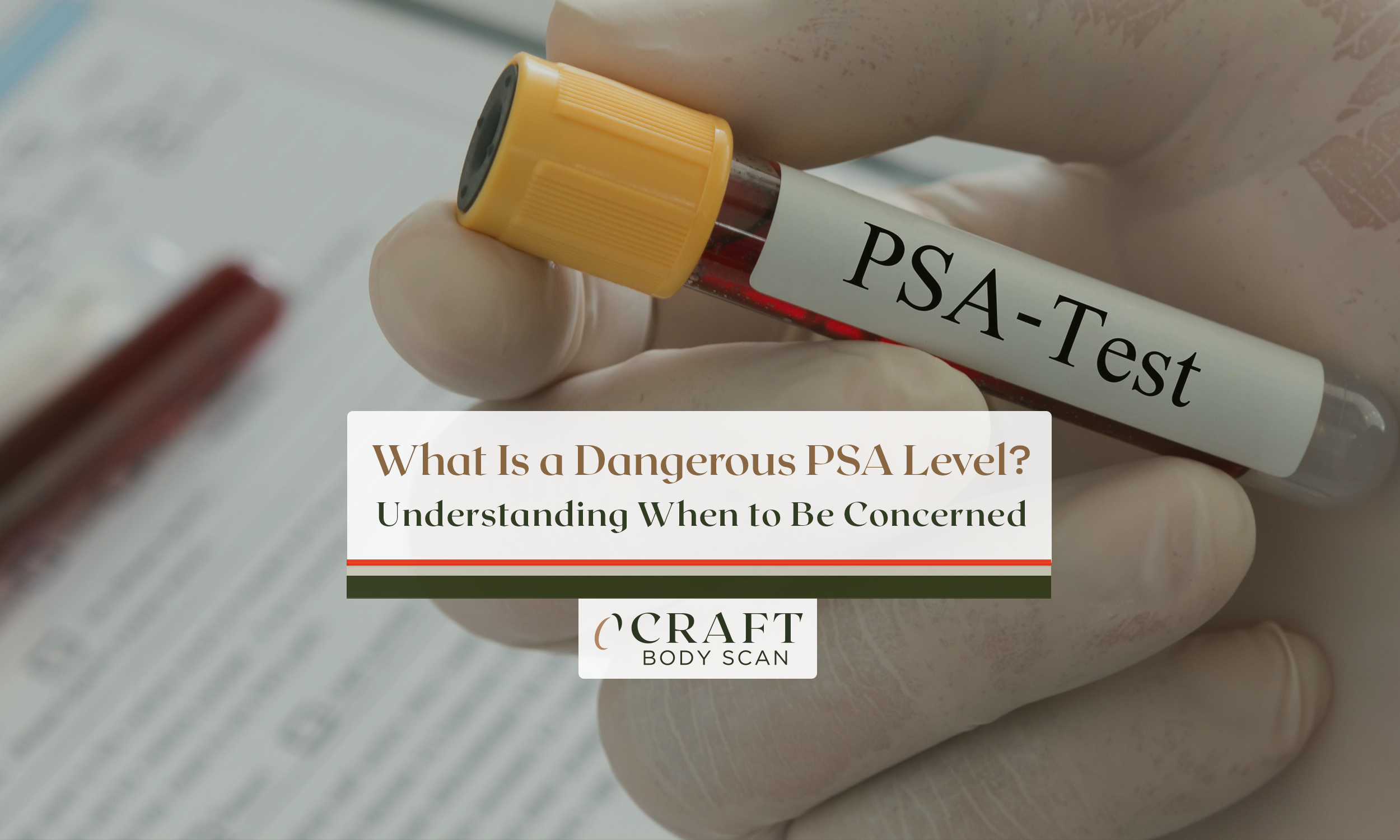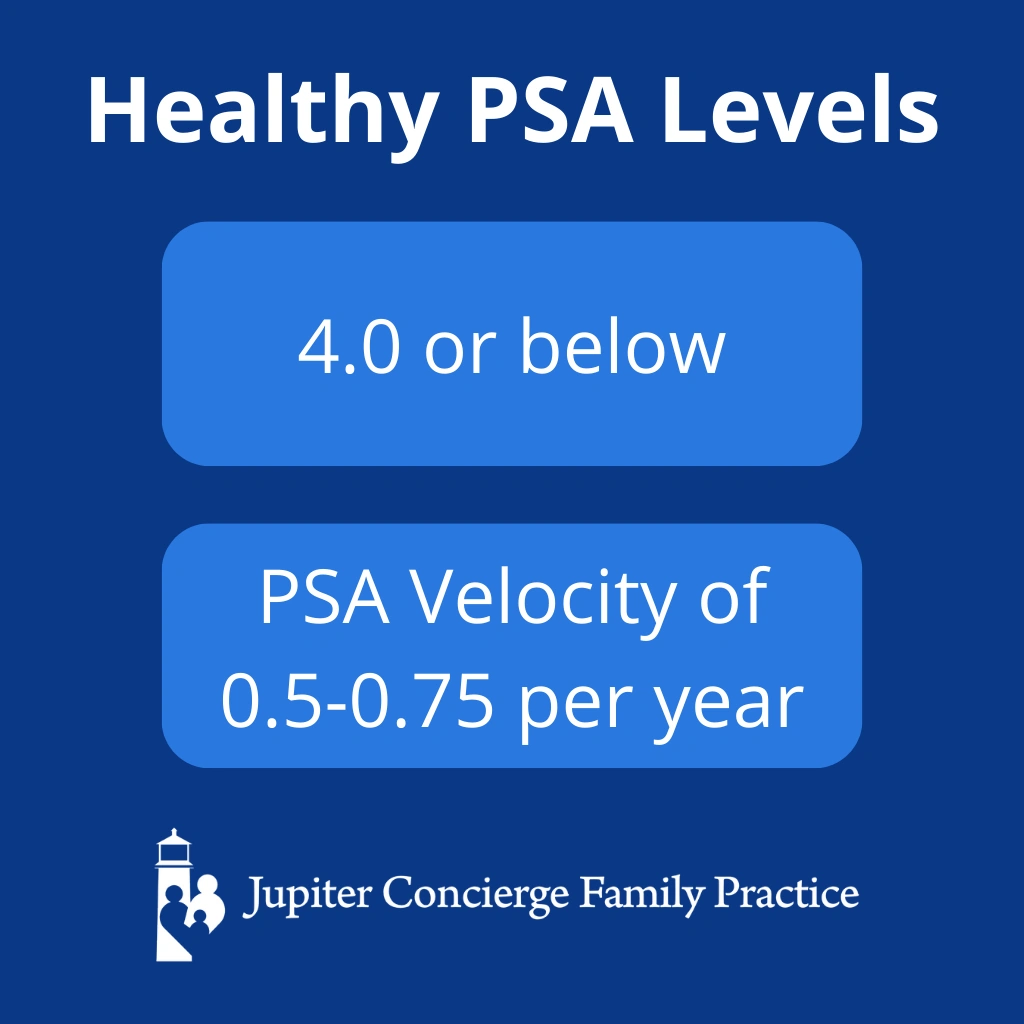
Let’s Get Real for a Second
You know that nagging feeling when something just isn’t quite right…but you shrug it off? That little ache. That number on the lab test that looks a bit off, but hey, life’s busy, right? Years ago, my uncle did exactly that—saw his PSA number creep up, figured it was just age. Didn’t think much of it until things—well, let’s just say the story got real, fast.
If you’ve ever stared at your bloodwork and wondered, “Is this a big deal?”—you’re not alone. Especially when it comes to prostate stuff. Today, we’re diving into one simple question that matters more than most guys realize: what is a dangerous PSA velocity? And why is it sometimes not the absolute number, but how fast it’s changing…that tells the real story?
Why PSA Velocity Sets Off Alarms
“Wait, PSA Velocity? Isn’t It Just One Number?”
Not exactly! Here’s the thing: PSA (prostate-specific antigen) is a protein produced by your prostate gland. You get a PSA test, they measure how much is floating around in your blood. For a long time, folks just zeroed in on the number—like, “PSA’s above 4? RED ALERT!” But life (and bodies) are messier than that.
Turns out, how fast your PSA climbs—your “PSA velocity”—can sometimes be a bigger clue than one single reading. Imagine your smoke alarm beeping louder every minute. Even if it didn’t start super loud, that acceleration should make you go, “Whoa, do I need to check the kitchen?” That’s kind of how PSA velocity works.
So… What “Dangerous” Looks Like
Okay, here’s where things get real. Across studies and expert guidelines (shout out to my very patient doctor friends who field questions about this every week), one answer keeps coming up: a yearly rise in PSA of more than 0.75 ng/mL is cause for concern, especially if your PSA is in that classic “middle” zone—between 4 and 10 ng/mL based on research from cancer centers and expert panels. If you’re younger and your baseline PSA is under 4? Even an increase of 0.4 ng/mL a year might raise an eyebrow (or two) from your doc.
Why does this matter? A PSA velocity calculator can help you see these trends across a couple years, not just a snapshot in time.
One Story, Just to Make it Real
I had a close family friend—let’s call him Dave—who was always healthy as a horse. At 56, he went for his annuals and the doc said, “Hm, your PSA nudged up.” Year two: a bigger jump. Dave shrugged and said, “Guess I’m getting older.” His physician tracked the velocity (smart move), saw it cross 0.8 ng/mL per year, and got him checked out. A biopsy caught an aggressive prostate cancer early—treatment went well, and he’s back on the tennis court today. It was the speed of his rise, not the number alone, that raised the flag.
Pit Stops: Not Just About Age
Do Older Guys Have Different “Danger Zones”?
We talk a lot about “dangerous” PSA velocities, but the reality is, what’s dangerous for you might not be risky for your dad—or your golfing buddy. PSA tends to creep up as we age. What’s “borderline” for a 45-year-old could be less alarming for a 75-year-old. Still, velocity matters across the board. Rapid changes are the red lights here.
Here’s a neat tidbit: the average PSA for guys in their 40s is about 0.7 ng/mL, while in the 70s, it can be closer to 1.8 ng/mL. But velocity over 0.75 ng/mL per year? No matter your starting number or age, that level of change should prob lead to a conversation with your doc.
Curious what counts as normal for your age? There’s a quick guide at PSA velocity by age that breaks down those “typical” thresholds by decade. Worth a look—especially so you don’t stress over the wrong stuff!
Quick Glance Table: When PSA Velocity Gets Worrisome
| Risk Level | Velocity Threshold (ng/mL/year) | Why It Matters |
|---|---|---|
| Green Zone | <0.35 | Most increases are slow; likely not cancer |
| Yellow Zone | 0.35–0.75 | Increasing risk; talk with your doctor, especially if you’re younger or have family history |
| Red Zone | >0.75 | More likely something serious—biopsy or imaging usually recommended |
It’s NOT All About Cancer (Phew!)
But Should I Panic with Any Jump?
Whoa, deep breath! Not every PSA spike equals cancer. That’s a myth that’s honestly caused a lot of unnecessary stress—and even unnecessary biopsies, according to research on prostate biopsy best practices. Prostatitis (inflammation), a tough bout of cycling, even, yes, certain “enthusiastic” romantic evenings, can affect your PSA.
Still, consistent velocity matters. Your doctor might recommend antibiotics to rule out infection before sending you for further tests. Watching how your PSA changes over at least 18 months (using three or more readings) is way more telling than just one blip on the radar according to medical consensus from StatPearls. That’s where things like a PSA velocity calculator can make trends jump out.
And here’s my messy reality check: have you ever looked back at your health and thought, “Wow, if only I’d tracked this sooner…”? Me too, friend. Me too.
What is a Dangerous PSA Velocity? Time to Break It Down
Which Numbers Should Make You Sit Up and Take Notice?
Here are some key takeaways, without any fancy jargon:
- If PSA rises more than 0.35–0.4 ng/mL/year (especially if you’re younger or your PSA is below 4)…get a closer look.
- If the jump is more than 0.75 ng/mL/year, regardless of total PSA? That’s “danger” territory—a real sign that it’s time to see a specialist.
- If you’re seeing a steady rise, even if the number is still “low”? That’s just as important as one big leap. Consistency (in the rise…not just the testing) is the clue.
Remember, PSA velocity is most useful when combined with other pieces of the puzzle: your age, family history, digital rectal exam results, and sometimes PSA density or percent free PSA (if your doctor wants to get fancy with it).
Side story: my own primary care doc confessed over coffee—”People obsess over a single PSA, but nine times out of ten, it’s the trend that catches the bad stuff early.” Kind of like looking at the weather app before a road trip—it’s not just the temperature, but the forecast that tells you if you need a raincoat.
Is There a “Perfect” PSA Velocity?
Short answer? No. Life, again, is rarely that simple. Some men have stable, low PSAs for years. Others bounce around just from biking too much. The magic number (if you can call it that) is all about context. Men with a family history or who are Black, or who’ve had previous prostate issues, might need a different threshold than the “average” population.
Want real peace of mind? Calculate your trend at home (or at least get your old results together) and use a PSA velocity calculator before your next checkup. That’s power, right there.
Taking Action…or Taking a Breath?
Not Every Rise Means Action—But Ignoring It Can Bite You
Let’s say your PSA velocity just nudged above 0.4 ng/mL this year. Don’t panic—but don’t ghost your doctor, either. The best move? Schedule a repeat test (or a chat) and be honest about new symptoms or changes.
A few more real-world reminders:
- If you’re over 40, especially with family history, start tracking your PSA early—don’t wait until it’s sky high.
- If you’re in your 50s or 60s and see a steady move toward the danger zone, even with no other symptoms (pro-tip: a little cloudiness or urgency when you pee counts as a symptom!), be proactive.
- Read up on velocity for your age bracket at PSA velocity by age—compare your story to what’s typical. Knowledge really does lower anxiety.
One of my favorite expressions: “Trust your gut, but bring data to the doctor.” PSA velocity gives you the data that makes your gut instincts even better.
Case Scenarios—Who Needs a Closer Look?
| Who | PSA Velocity | What Happened |
|---|---|---|
| Man age 54 | 0.62 ng/mL/year | Quick check, imaging confirmed early cancer; caught soon |
| Man age 68 | 0.2 ng/mL/year | Nothing out of the ordinary; regular annual testing continues |
| Man age 49, family history | 0.4 ng/mL/year | Extra screening; turned out to be benign but close monitoring continued |
Don’t Let Confusion Stop You
Why the Mixed Messages?
Look, if you’ve googled this late at night and come away more confused—welcome to the club. Some big studies (even those from the National Cancer Institute) argue that PSA velocity isn’t always the best predictor, and relying on it alone can mean a bunch of unnecessary biopsies for problems that aren’t even cancer.
Bottom line? Don’t go this alone. Use velocity as a tool with your doc—not your only compass. Think of it like your fitness tracker. It gives clues, but you still need someone savvy to translate the trends.
Bringing It Home: Your Health, Your Move
So, what is a dangerous PSA velocity, really? It’s when your PSA rises faster than about 0.4 to 0.75 ng/mL a year, especially if you’re seeing this happen steadily—regardless of what the actual PSA number is. But more than any chart or number, it’s about understanding your story, your risks, and your trends. Use the PSA velocity calculator if you have a few years of data. Compare with PSA velocity by age. Track the pattern, and don’t be shy about sharing every detail, no matter how small or silly you think it is, with your doc.
I know, it all sounds a bit overwhelming. But here’s the bright side: catching a rapid change early has saved lives, truly. The hardest part is sometimes just asking the questions and starting the conversation. You’re not alone. Take it step by step. Listen to your gut. Use the tools. And next time that little voice tells you something’s off? Don’t wait—get it checked. Your future self (and everyone who loves you) will be glad you did. Stay curious. Stay proactive. Your health’s worth it.

















Leave a Reply
You must be logged in to post a comment.